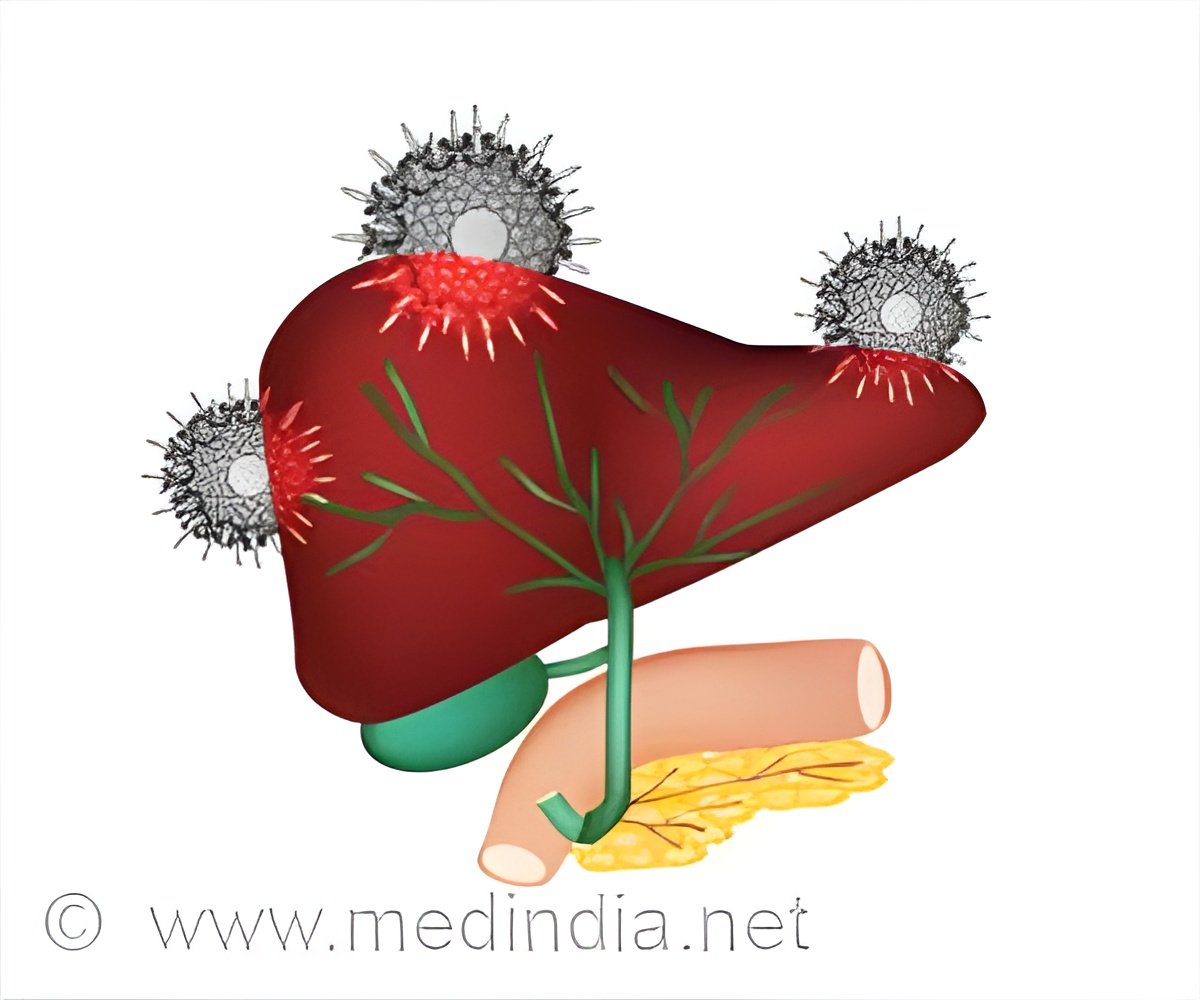A lot of kids are suffering from a huge burden of viral hepatitis worldwide, with the highest prevalence rates generally found in developing countries.

‘Acute infection with HBV and HCV can lead to chronic infection. Patients who are chronically infected may go on to develop cirrhosis and hepatocellular carcinoma (HCC). Chronic hepatitis carriers remain infectious and may transmit the disease for many years.’





Of these, four million were children living with hepatitis C (under 19 years) and 48 million (under 18 years) were children living with hepatitis B. Both viruses can lead to liver disease, liver cancer and death, the findings presented at the 2017 World Hepatitis Summit in Brazil, showed. "Children are suffering a huge burden of viral hepatitis worldwide and the public health implications of this are enormous," said Raquel Peck, CEO of the World Hepatitis Alliance -- London-based not-for-profit. Twenty one countries are responsible for around 80 percent of these pediatric hepatitis C infections, with the highest prevalence rates generally found in developing countries, noted Manal El-Sayed, professor in Egypt's Shams University.
The main causes of hepatitis C in children is mother to child transmission. However, neither pregnant women nor young children with this cancer-causing illness can be treated with the highly effective direct-acting antiviral (DAA) medications, as health experts are yet to recommend the vaccine in children.
Further, the study showed that compared to hepatitis C, new hepatitis B infections among children are declining -- from approximately 4.7 percent prevalence in the pre-vaccination era of the early 1980s to 1.3 percent.
This is due to scaled-up efforts to prevent mother-to-child transmission and global coverage with the three doses of hepatitis B vaccine.
Advertisement
Source-IANS















